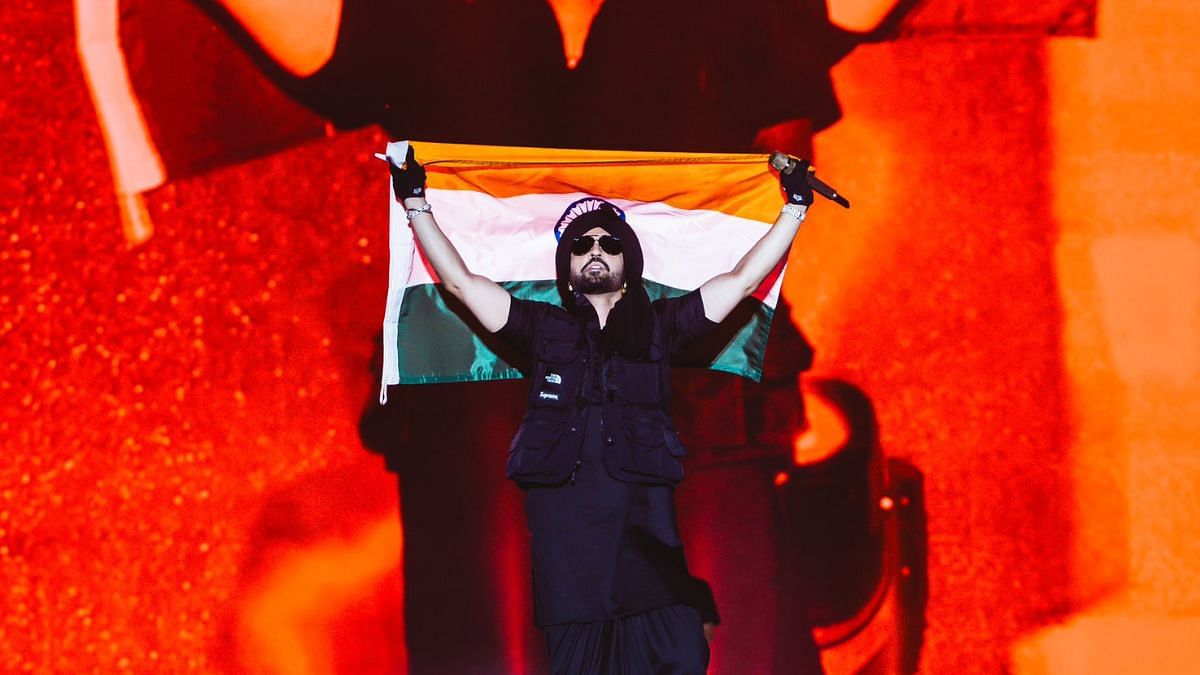 |
|
The controversy surrounding Diljit Dosanjh's upcoming Punjabi film, Sardaar Ji 3, has ignited a fierce debate about artistic freedom, national identity, and the role of cultural exchange in a globalized world. The film, which features Pakistani actress Hania Aamir, has drawn the ire of the Federation of Western India Cine Employees (FWICE), a powerful organization representing film workers in India. FWICE's reaction has been extreme, demanding not only a boycott of the film but also the revocation of Dosanjh's Indian citizenship. This drastic call has been met with both support and opposition, highlighting the complex and often contradictory sentiments that exist within Indian society regarding its relationship with Pakistan. The core of the issue lies in the fraught history between India and Pakistan, marked by decades of conflict and mistrust. The legacy of partition continues to cast a long shadow, influencing public opinion and political discourse. Any perceived association with Pakistan, even in the realm of art and entertainment, can be viewed with suspicion and hostility by certain segments of the population. FWICE's stance reflects this sentiment, arguing that Dosanjh's collaboration with a Pakistani actress undermines national interests and disrespects the sacrifices made by those who have defended India's borders. Their letter to Prime Minister Narendra Modi, demanding the revocation of Dosanjh's citizenship, underscores the seriousness with which they view the situation. This move is seen by many as an overreaction and a blatant attempt to stifle artistic expression. Critics argue that art should transcend national boundaries and serve as a bridge between cultures, not a barrier. They point out that cultural exchange can foster understanding and promote peace, even between countries with a history of conflict. Diljit Dosanjh, a celebrated artist with a global following, is seen as an ambassador of Indian culture, showcasing the country's rich heritage through his music and films. His work has been praised for its positive portrayal of Indian values and its ability to connect with audiences across different backgrounds. Revoking his citizenship would not only be unfair to him personally but would also send a negative message to the international community, suggesting that India is intolerant of cultural exchange. The intervention of BJP national spokesperson RP Singh adds another layer of complexity to the debate. Singh's public support for Dosanjh, despite the controversy, is a significant development. It suggests that there are differing viewpoints within the ruling party regarding the issue. Singh's argument that Dosanjh is a national asset and a global ambassador of Indian culture resonates with many who believe that the artist should be celebrated rather than condemned. His criticism of FWICE's demands as a "publicity stunt" further underscores the divisions within the industry. Singh's willingness to face potential trolling for his stance demonstrates the strength of his conviction. His questioning of why similar outrage isn't directed at Indian cricketers playing against Pakistan or TV anchors hosting Pakistani panelists highlights the inconsistencies and hypocrisy that often accompany nationalist fervor. The incident raises fundamental questions about the limits of artistic freedom and the responsibilities of artists in a politically charged environment. While artists have a right to express themselves freely, they must also be mindful of the potential consequences of their work. In a country like India, where sensitivities are high and public opinion can be easily swayed, artists need to navigate complex cultural and political landscapes. The Dosanjh case serves as a cautionary tale, illustrating the challenges that artists face when their work intersects with national identity and international relations. The film's release overseas, including in Pakistan, while being barred from release in India, further complicates the narrative. It underscores the irony of the situation, where a film featuring artists from both countries can be embraced in one but rejected in the other. The fact that the film's initial screenings in Pakistan have been "houseful" suggests that there is a demand for cross-cultural entertainment in the region. The FWICE's warning to T-Series for retaining Dosanjh in Border 2 further demonstrates their determination to punish the artist for his perceived transgression. Their threats to prevent the film's shooting and their appeal to the National Defence Academy and the Defence Minister highlight the extent to which they are willing to go to achieve their objectives. The open letter issued by FWICE to Dosanjh, accusing him of failing his responsibility as an Indian citizen, is a harsh condemnation of his artistic choices. The non-cooperation directive issued against him effectively ostracizes him from the Indian film industry, preventing him from working on any current or future projects until he issues an apology and disassociates himself from the film. This is a severe punishment that could have a significant impact on his career. The case of Diljit Dosanjh is a microcosm of the larger tensions that exist within Indian society regarding its relationship with Pakistan. It highlights the challenges of promoting cultural exchange in a politically charged environment and the importance of upholding artistic freedom in the face of nationalist pressures. The outcome of this controversy will have implications not only for Dosanjh's career but also for the future of Indo-Pakistani relations and the role of art in bridging cultural divides. The article emphasizes the strong reactions online and offline showing the impact of social media in shaping opinions and influencing public discourse surrounding the issue, demonstrating how easily opinions can be polarized in the digital age, turning debates into heated conflicts. It suggests that social media can be both a powerful tool for promoting cultural understanding and a breeding ground for intolerance and hate speech. The edited nature of the article also hints at the potential for journalistic bias and the importance of critical media literacy in navigating complex news stories.
Source: ‘Don’t care if I am trolled’—BJP leader stands with Diljit Dosanjh as FWICE demands his ouster
